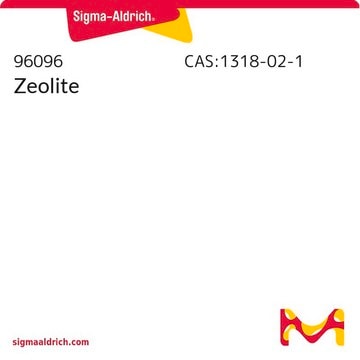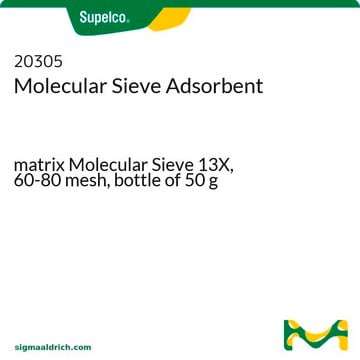22048
κ-Carrageenan
sulfated plant polysaccharide
Synonim(y):
Vegetable gelatin
About This Item
Polecane produkty
pochodzenie biologiczne
plant
Postać
powder
kolor
white to off-white
lepkość
5-25 mPa.s, 0.3 % in H2O(25 °C)
rozpuszczalność
H2O: soluble 5 mg/mL (hot)
InChI
1S/C24H38O25S2/c25-1-5-14(48-50(33,34)35)9(27)10(28)22(42-5)45-16-8-4-40-19(16)12(30)23(44-8)47-20-13(31)24(43-6(2-26)17(20)49-51(36,37)38)46-15-7-3-39-18(15)11(29)21(32)41-7/h5-32H,1-4H2,(H,33,34,35)(H,36,37,38)/p-2/t5-,6-,7-,8-,9-,10-,11-,12-,13-,14+,15+,16+,17+,18-,19-,20-,21+,22+,23-,24+/m1/s1
Klucz InChI
ZNOZWUKQPJXOIG-XSBHQQIPSA-L
Szukasz podobnych produktów? Odwiedź Przewodnik dotyczący porównywania produktów
Powiązane kategorie
Opis ogólny
Zastosowanie
Inne uwagi
Kod klasy składowania
11 - Combustible Solids
Klasa zagrożenia wodnego (WGK)
WGK 2
Temperatura zapłonu (°F)
Not applicable
Temperatura zapłonu (°C)
Not applicable
Certyfikaty analizy (CoA)
Poszukaj Certyfikaty analizy (CoA), wpisując numer partii/serii produktów. Numery serii i partii można znaleźć na etykiecie produktu po słowach „seria” lub „partia”.
Masz już ten produkt?
Dokumenty związane z niedawno zakupionymi produktami zostały zamieszczone w Bibliotece dokumentów.
Nasz zespół naukowców ma doświadczenie we wszystkich obszarach badań, w tym w naukach przyrodniczych, materiałoznawstwie, syntezie chemicznej, chromatografii, analityce i wielu innych dziedzinach.
Skontaktuj się z zespołem ds. pomocy technicznej

![Poly[(R)-3-hydroxybutyric acid] natural origin](/deepweb/assets/sigmaaldrich/product/structures/129/476/7d1c924b-f644-4889-a2d6-d7a923ce382c/640/7d1c924b-f644-4889-a2d6-d7a923ce382c.png)






